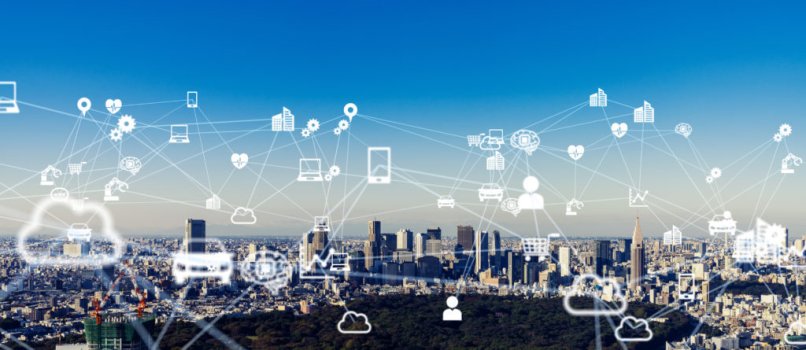Though it may not be readily apparent, today’s major cities and metropolitan regions are highly connected and data-driven. Upon closer inspection, a myriad of monitoring devices and sensors can be seen providing a constant stream of operational data to municipal systems.
And while city-wide monitoring may not be a new phenomenon, the mass proliferation of internet of things (IoT) devices and systems in recent years has resulted in the smart city designation: a city that uses IoT, sensors, and data extensively to improve infrastructure, energy use, utilities, public services, and more.
The global IoT in smart cities market size is projected to hit $260 billion by 2025, at a compound annual growth rate (CAGR) of 18.1% during the forecast period, according to research from Markets and Markets.
This market growth is driven by a combination of factors, most notably an increasing number of government programs and public-private partnership (PPP) initiatives for developing IoT smart city advanced services to enhance the daily lives of citizens. The rising adoption of connected solutions and smart technologies is also expected to drive market growth in this category.
IoT deployments in smart cities are primarily aimed at improving sustainability in the face of urbanization challenges, supporting the implementation of smart intercity transportation networks, optimizing water management efforts, and improving the lighting and heating efficiency in buildings and public structures.
Here, we explore some of the ways that smart cities use innovative digital technologies on top of traditional networks and services to improve the lives of residents and visitors alike:
Continue reading: https://www.datamation.com/networks/iot-in-smart-cities/
And while city-wide monitoring may not be a new phenomenon, the mass proliferation of internet of things (IoT) devices and systems in recent years has resulted in the smart city designation: a city that uses IoT, sensors, and data extensively to improve infrastructure, energy use, utilities, public services, and more.
The global IoT in smart cities market size is projected to hit $260 billion by 2025, at a compound annual growth rate (CAGR) of 18.1% during the forecast period, according to research from Markets and Markets.
This market growth is driven by a combination of factors, most notably an increasing number of government programs and public-private partnership (PPP) initiatives for developing IoT smart city advanced services to enhance the daily lives of citizens. The rising adoption of connected solutions and smart technologies is also expected to drive market growth in this category.
IoT deployments in smart cities are primarily aimed at improving sustainability in the face of urbanization challenges, supporting the implementation of smart intercity transportation networks, optimizing water management efforts, and improving the lighting and heating efficiency in buildings and public structures.
Here, we explore some of the ways that smart cities use innovative digital technologies on top of traditional networks and services to improve the lives of residents and visitors alike:
Continue reading: https://www.datamation.com/networks/iot-in-smart-cities/

